People & Operations
Established in 1846, the Smithsonian is a trust instrumentality of the United States. Just under two-thirds of the Smithsonian's annual budget, supporting day-to-day operations and physical infrastructure, is funded through federal government appropriations and the balance is from private funds. All Smithsonian operations rely on two world-class pillars: our talented workforce of diverse employees, volunteers, interns, and fellows who carry out the Institution's vital mission and our extraordinary portfolio of landmark facilities—historic and modern architectural gems on the National Mall and beyond.
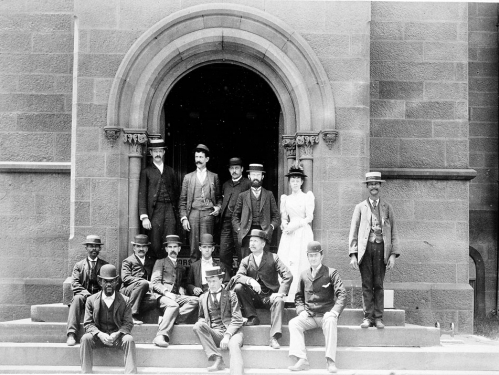
Slightly less than two-thirds of Smithsonian employees are federal; the rest are non-federal trust employees and Panamanian employees working under local labor laws. The range of job types is immense—from scientific research to exhibition design to museum operations to security. The Smithsonian seeks to attract and maintain a creative workforce that is representative of America's diversity, including expanding employment opportunities for individuals with disabilities. Employees consistently rank the Smithsonian as one of the "Best Places to Work” among midsize federal agencies. For information about careers at the Smithsonian, visit si.edu/ohr.
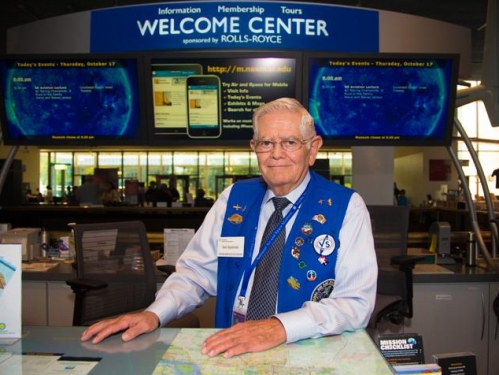
Thousands of volunteers contribute invaluable time and talent to the life of the Smithsonian. On-site volunteers provide information to museum visitors, lead exhibition tours, assist in the care of collections, and contribute to research. Visit si.edu/volunteer. Digital volunteers work remotely to support curators and collections managers via the Smithsonian Transcription Center. They unlock the precious content inside digitized images of historic documents and records of important natural history specimens. View some fascinating projects and become a digital volunteer at transcription.si.edu.
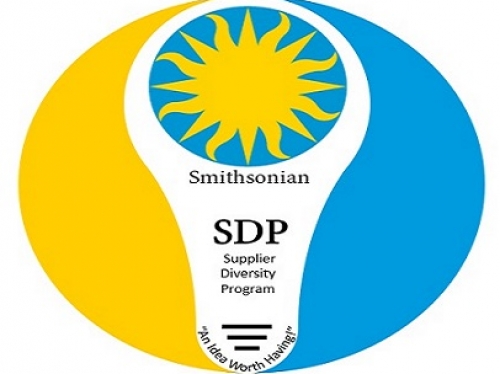
The Smithsonian Institution values the American entrepreneurial spirit and believes having diverse suppliers in its contracting and procurement activities enhances the quality of the programs and services it delivers, including innovative, cost-effective business solutions for research, education, public programming, and museum exhibition activities. The Smithsonian sets Procurement Preference Goals that track the percent of total dollars targeted and awarded in contracts and procurements to small businesses in six Small and Historically Underutilized Small Business (HUSB) categories. By utilizing a variety of diverse businesses, the Smithsonian capitalizes on its many opportunities to build, cultivate, and support the small business community in their efforts to contribute to the nation’s economy. Learn more about doing business with the Smithsonian here.
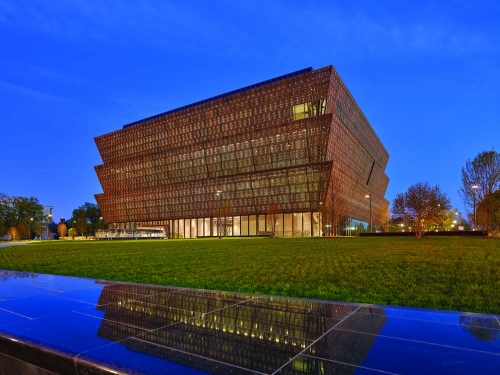
The Smithsonian has facilities throughout the United States and Central America, ranging from the newest museum on the National Mall, the National Museum of African American History and Culture, to the century-old Carnegie Mansion in New York that houses the Cooper Hewitt, Smithsonian Design Museum, to tropical research stations in Panama, and telescope arrays in Arizona and Hawaii. Our expert facilities staff manage the Institution’s complex requirements, including care of fragile collections, support for critical scientific research, hosting millions of visitors, and maintaining our historic and diverse infrastructure. Learn more about our capital projects.
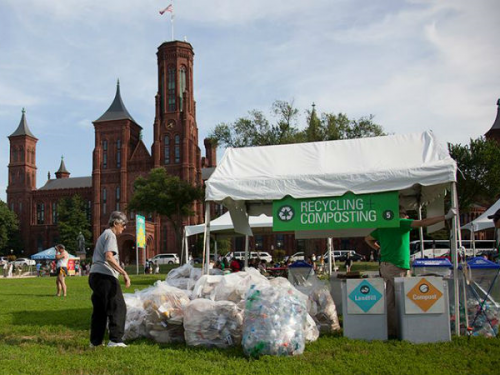
The Smithsonian is committed to the preservation of our environment and considers sustainable design and improvements in environmental, energy and economic performance an integral part of its operations. It is on track towards meeting its goals for greenhouse gas emissions. It has steadily improved its recycling and composting rate to divert non-hazardous waste from landfills. It continues to reduce its energy intensity use (EIU), a challenge given facilities that require 24/7 operation to protect irreplaceable collections and serve millions of visitors. The Institution is focused on obtaining Leadership in Energy and Environmental Design (LEED) green building certification for existing buildings and new facilities projects. It recently earned LEED certification for its Gamboa Research Laboratory in Panama, and was awarded the prestigious American Institute of Architects 2019 best contemporary architecture award for the LEED GOLD National Museum of African American History and Culture. Learn more about Smithsonian sustainability initiatives here.

Congress appropriates Federal funds for the Smithsonian in two main categories: Operations and Building Renovation/ Construction. Operations supports Federal staff salaries, rent and utilities, facilities maintenance, collections care, and central administrative services. Building Renovation and Construction supports planning and design, revitalization, and construction of the Institution's physical infrastructure. Private (Trust) funds combine with Federal appropriations to support Smithsonian operating and building expenses. They include restricted and unrestricted private gifts, payouts from the endowment, revenue from grants and contracts, Smithsonian Enterprises business revenues, and memberships.
Smithsonian Organization and Audience Research/OCIO
